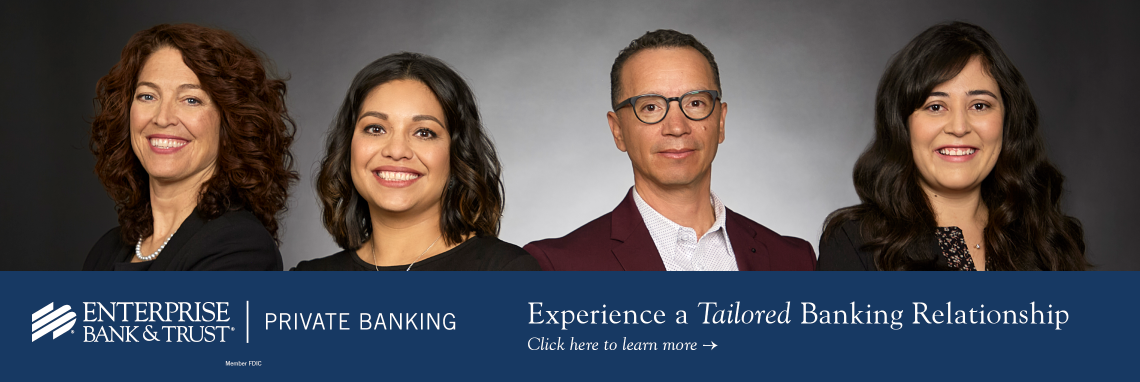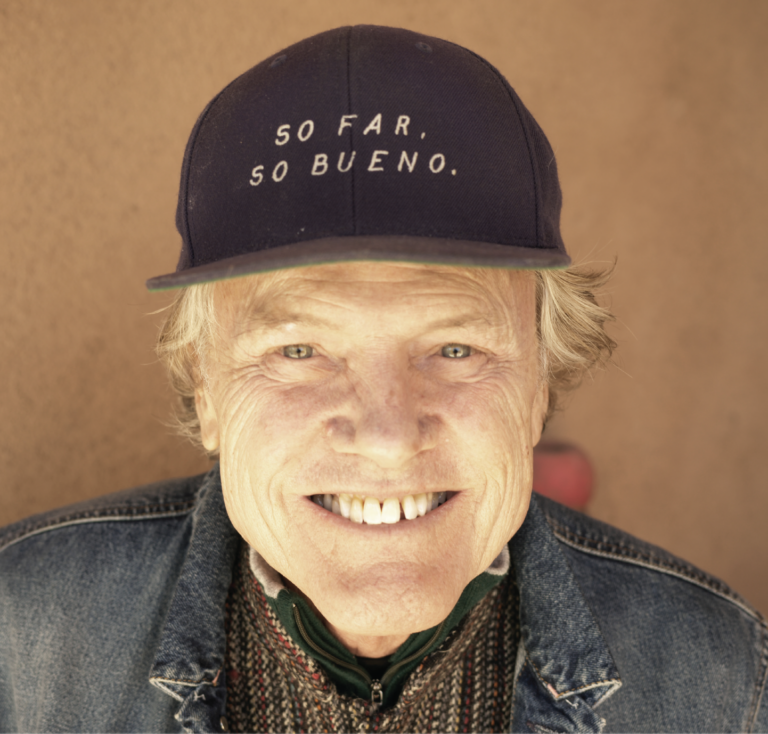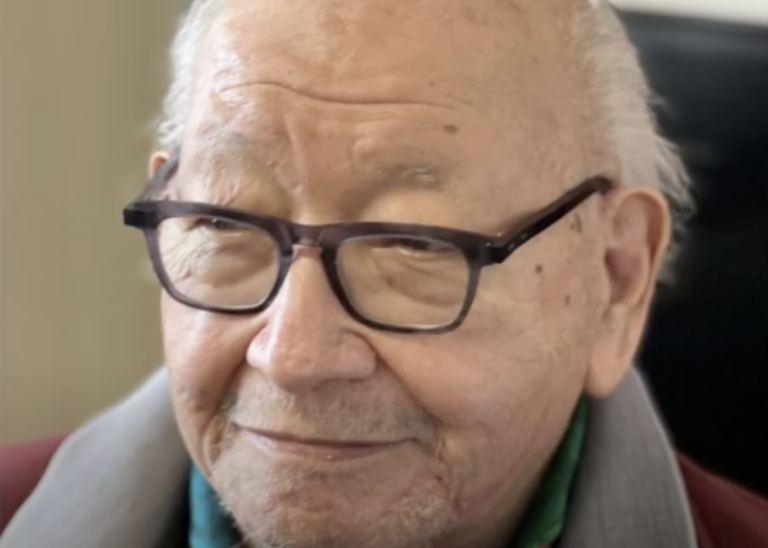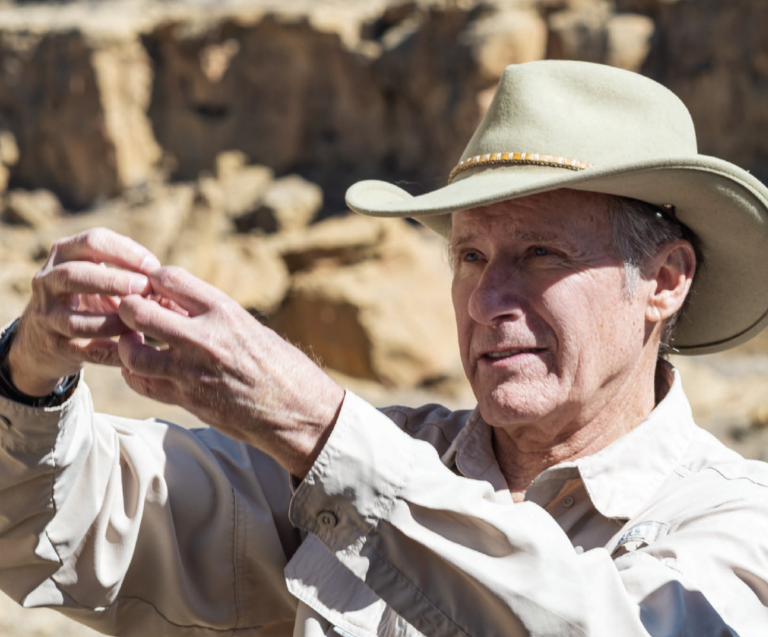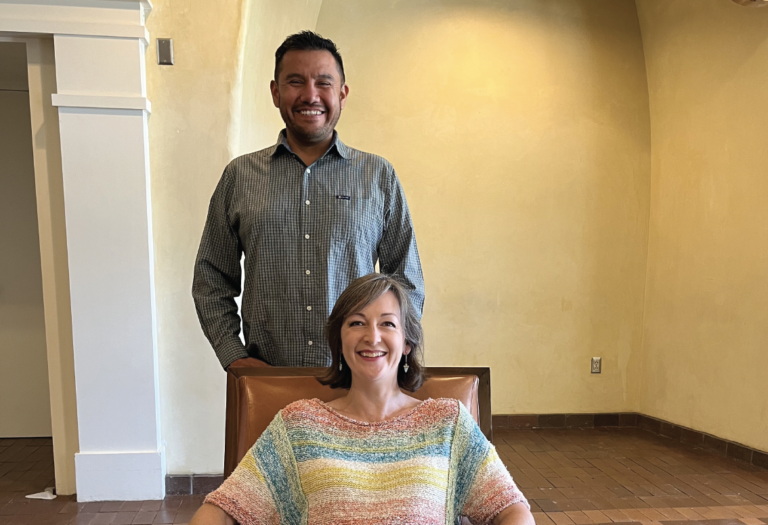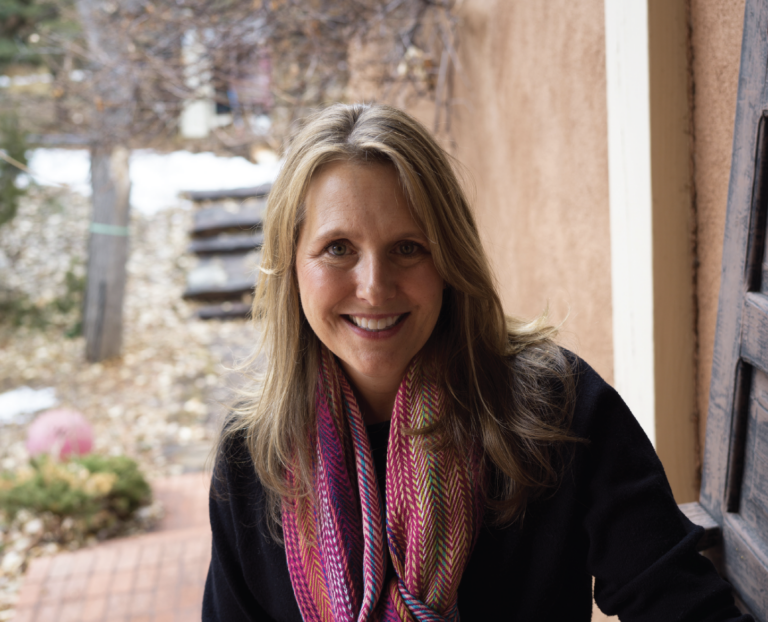LARRY IS A HARD-NOSED SCIENCE GEEK and Southern doctor who took on the medical community and showed them – through impeccable quantitative and qualitative study – that some of their long-held assumptions were misguided or just plain wrong.
His wife, Barbara, is a holistic nursing pioneer. Larry and Barbara are both twins. Call it an unfair advantage, luck, or grace; because from the beginning, this twindom meant that Larry and Barbara were each armed with the empirical certainty that they could communicate from distances a lot farther than across the room.
This is a couple who introduced the power of prayer for actual healing into the medical establishment as well as the radical idea that all minds are connected. Spirituality is often included in medical school curriculum, thanks in part to the Dosseys’ work.
What is the idea of one mind?
That our minds are connected, that we all are literally of one mind. The one mind includes all individuals – it includes their thoughts, emotions, feelings, and cognition. It involves a vivid sense of connectedness and unity with all sentient life, and a profound sense of love, caring and compassion. Over and beyond the individual mind, it is consciousness. Consciousness is the like the light shining through a movie projector; it has not specific content. No stuff, no things. The mind is the film that is projected. Consciousness illuminates this mental stuff of the mind.
You two seem to be of one mind. You are both twins and you both married twins.
Larry: I’m a twin. And Barbara’s a twin. So, yes, we both married twins.
Isn’t that strange? What do you make of that?
Larry: Well, it’s made both of us extremely thoughtful about coincidence and how the world works. It’s easy to believe that there are no accidents in twinship.
Do you feel like you communicate…
Larry: Yeah. It’s profound.
I feel like my twin brother and I are in conscious contact at all times. And this is not flowery talk. It’s a feeling that has to do with levels of consciousness. It’s absolutely indescribable.
I know what he’s thinking much of the time and he responds in the same way. We read each other’s thoughts and we’ve done that all our lives.
Being a twin profoundly influences my thinking about the nature of consciousness. I have the idea, as strange as it may seem, that consciousness is nonlocal, extended in space and time. This is not theoretical.
Do you ever rebel against it?
Larry: Yeah. We had competing dating lives. I liked a lot of the girls he went with.
Who won?
Larry: He did.
Barbie, you are a fraternal twin.
Barbie: My twin brother and I are thirteen minutes apart. I am a firstborn, and act like a firstborn. My brother Beau acts like a second-born. I am a right-brain learner, while he is a logical, analytical left-brain learner. He has a photographic mind; I don’t.
Growing up, we didn’t look like brother and sister. I had blonde hair and he had brown. But there was a bond that is, well, different. And also, I was never alone. Always had a playmate. Oh, my gosh.
You wrote a book about Florence Nightingale and mysticism.
Barbie: I’ve always been interested in Florence Nightingale and realized that there was not a nurse biographer of her. Why not?
So – and this is the joy of living with Larry Dossey, such an avid reader is he – in the ’70s, I was reading Practical Mysticism by Evelyn Underhill, who’s the definitive writer in Western mysticism. Once I read this, I realized Florence Nightingale was a mystic! And I went, Well, I can’t call her that. Nobody else has.
But I did. I took seven and a half years outlining Nightingale’s life with Evelyn Underhill’s phases of mystic spiritual development: Awakening, Purgation, Illumination, Surrender in Union. Nightingale went through all of those stages and even recorded hearing the voice of God just before her seventeenth birthday and three other times throughout her life.
She’s a fascinating woman. She’s always been said to be hypochondriacal and able to get away with anything because she came from wealth. She was from the top 1,000 wealthiest families in England at the time.
She declared herself an invalid when she came back from the Crimean War at age thirty-seven. She only made four public appearances between ages thirty-seven and ninety.
And she’s a multifaceted, complex genius. When she was twenty, she was tutored by one of the best mathematicians of the day. She fell in love with statistics, and that’s why we know Nightingale today – her work in applied statistics for forty years is just extraordinary.
You are also a weaver.
Barbie: I fell in love with needlepoint in 1963.
If you look at my tapestries, I use a lot of metaphors. I look at the horizontal line as me, my ego, my worries, my troubles, my fears. When I employ vertical lines, I use them as the metaphor to connect me with the transpersonal, the transcendent. It’s so easy to get caught in all of the chaos in here, day-to-day stuff. This is how I can simply connect to the transcendent.
Weaving is intimate. And that’s one thing about nursing that’s in our souls, our bones, our blood: You are called to service and have the privilege of walking with somebody in the most difficult times of their life. Some people are really sick and can’t control their bowels or bladder, so you clean them up like a baby. It’s called the ethic of intimates.
Your work has changed the world, or maybe the world has come around. The power of prayer and the idea of one mind has become more accepted. Yet here we are, more screwed up than we’ve been in a long time.
Barbie: I take refuge in the fact that it’s ancient. If you read the classic literature, you’ll find out that none of this is new.
But we haven’t destroyed the earth before.
Barbie: I guess I believe that it’ll all turn out for the best. I’m an optimist in that regard.
And I’m pretty excited about the Gen Z group. I see these nursing students because I mentor a lot of them. They ask questions that I would never have asked when I was in nursing school. It is absolutely fascinating – they have the capacity to ask a question, and then they will keep on asking and asking and asking.
You created the first biofeedback laboratory in the US.
Larry: At that time, biofeedback was a renegade therapy. We traveled all over the country learning how to do biofeedback, first for selfish reasons; and then it became a passion to make this available for my patients. So I established the first biofeedback laboratory in Dallas.
Barbie: No one knew what it was, and we realized that if these complementary and alternative therapies really work, we should try them on ourselves first. Larry had severe migraine headaches, and that’s why he got into biofeedback. Then we started getting serious about meditating, and all of a sudden, he could manage headaches without taking medicine. And we thought, There is something to this.
Can you be your own doctors? Are you good caretakers of yourselves?
Barbie: Could Larry be his own doctor when he had a stroke last year? No, but he walked out of the bathroom, and I said, Why are you walking like that? He said, I’m having a stroke. So he knew what was going on, but he couldn’t have treated himself.
Are you happy to have this rather precise knowledge of what’s happening in your body?
Barbie: I think it’s a great gift. We take medication, but we simultaneously do relaxation and imagery and biofeedback. That’s what all of our work is about.
You pioneered a lot of things that were thought to be alternative but now are not. Medical schools teach spirituality; biofeedback is commonly practiced. But there must have been times when you thought that maybe what you were saying was wrong.
Barbie: Oh, sure. Self-doubt is part of the process. What if I’m wrong? What if they’re right? We’ve been through a lot of that. And look, we’ve failed many times. But I think being a twin has played into this because we were always taking risks and acting crazy.
Photo SFM

